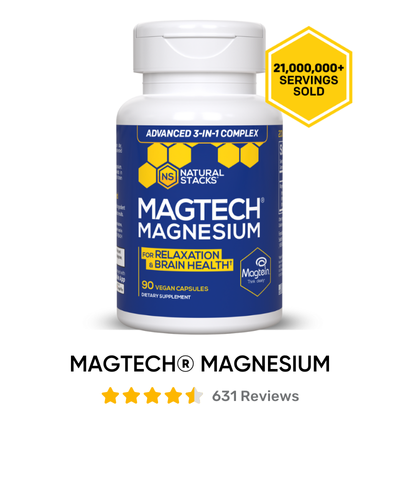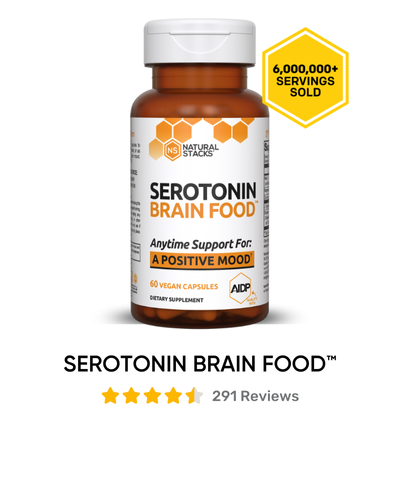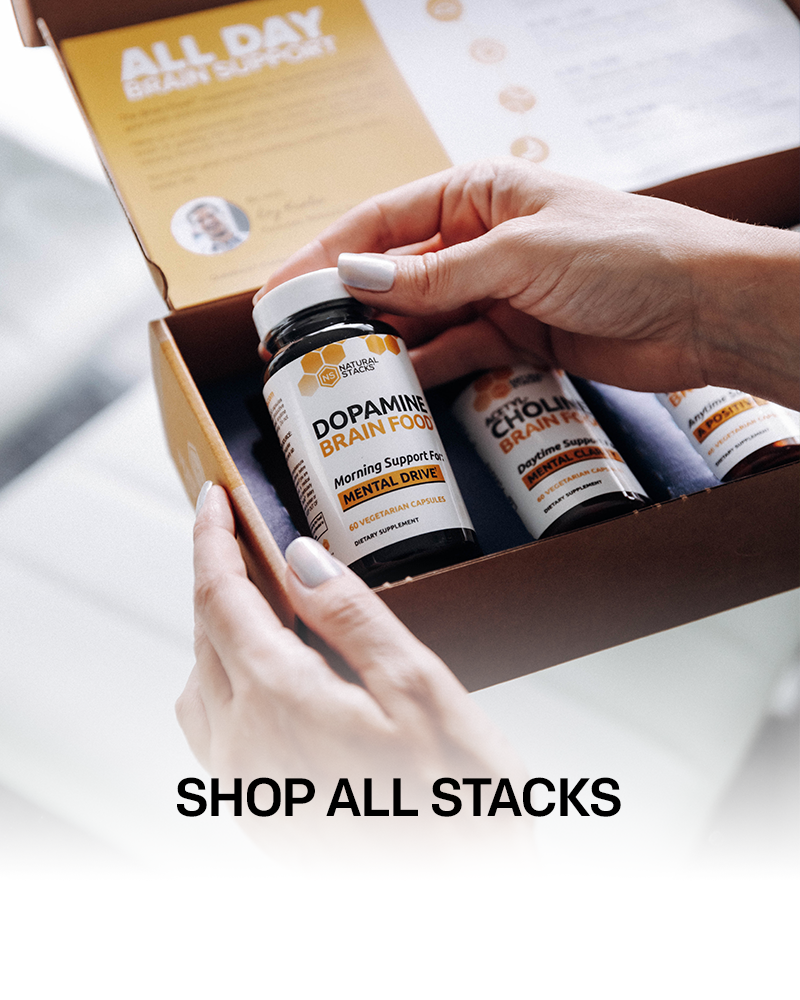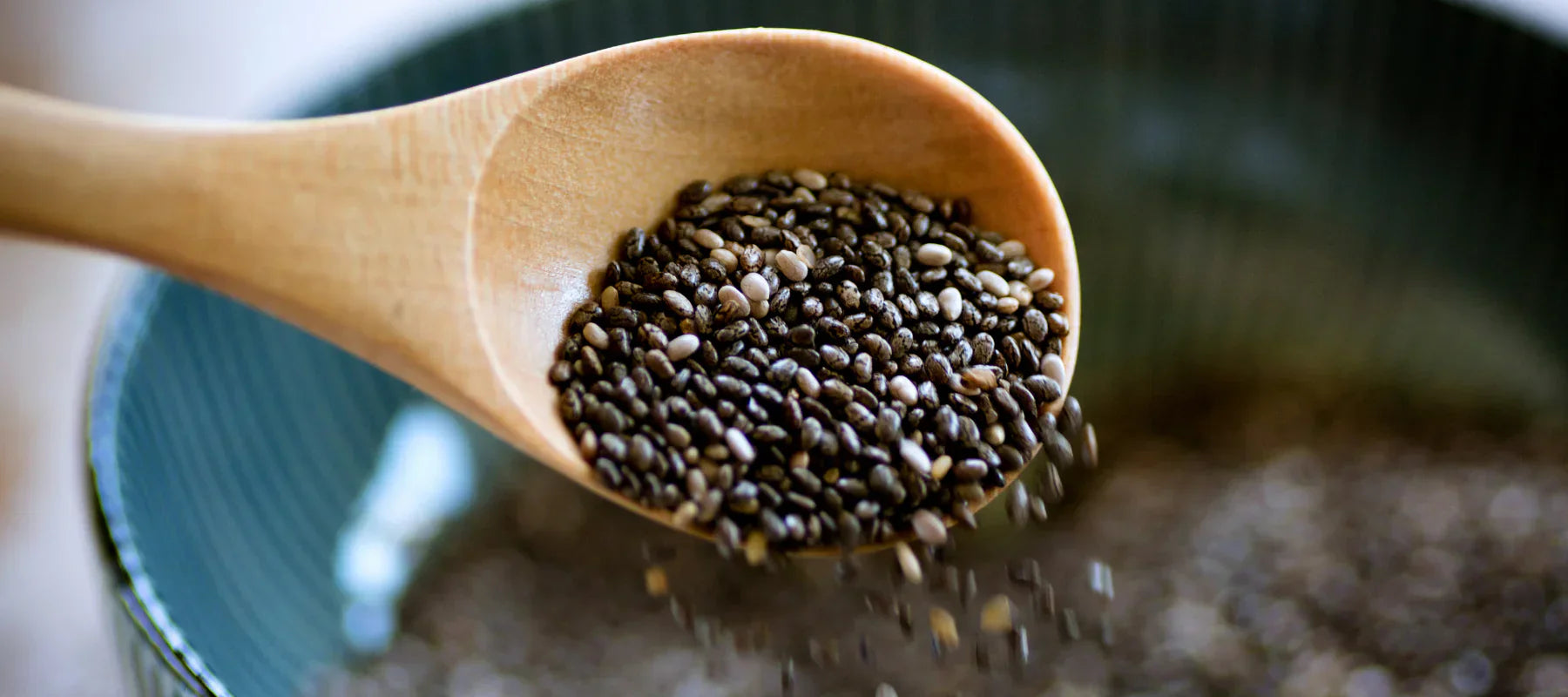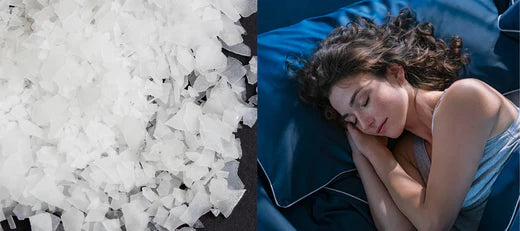38% of St. John’s Wort Supplements Are Fake


St. John’s Wort (Hypericum perforatum) is an herbal supplement that is commonly used for mood enhancing effects by those experiencing depression-like symptoms.
Research inconclusive on St. John’s Wort - one of the most purchased herbal products in US
St. John’s Wort has been used as far back as ancient Greece, but scientists aren’t sure how St. John’s Wort works.
It has antibacterial, antiviral, and antioxidant properties and has been used to treat mood swings, heal skin wounds and burns, and even treat symptoms of PMS. [1]
It also negatively interacts with quite a few prescription medications. See a list here.
A 2005 meta-analysis, published in the British Journal of Psychiatry reviewed 37 double-blind randomised controlled trials that compared clinical effects of Hypericum (St. John’s Wort) with either placebo or a standard antidepressant in adults with depressive disorders.
It concluded that “Current evidence regarding Hypericum extracts is inconsistent and confusing” due to the fact that some studies show beneficial data while other show no positive impact on mood. [2]
Meanwhile, a second meta-analysis, this one published in 2009 reported that “Hypericum (St John’s wort) extracts are more effective than placebo in people with major depression. They are similarly effective to standard antidepressants but with fewer side effects.” [3]
Murky Science Sets Stage for Murky Products
With this murky environment around St. John’s Wort, it’s no surprise to us that malicious companies have sold fake versions to the consumer.
A research team in Sweden tested 37 commercial St John’s Wort Samples and found that 38% of them were adulterated as fake product! [4]
They used High-Performance Thin-Layer Chromatography (HPTLC) to identify the adulterated product and then followed USP Monograph Methodology for further analyzation.
The fake St John’s Wort supplements had one of two key features:
- An uncharacteristic flavonoid pattern (~16%)
- An admixture of synthetic dyes combined with an uncharacteristic flavonoid pattern (~22%)
The flavonoid pattern refers to the plant’s pigment structure.
This means consumers are being sold a totally different product than what’s being marketed to them.
It could be another herbal extract, it could be a synthetic compound, or it could be something worse.
Why does this happen?
It’s purely greed.
Nutraceutical herbal extracts like St. John’s Wort are expensive to produce. It’s a lot easier and a lot more profitable to sell a fake supplement instead. Without 3rd party, independent research like this, we wouldn’t know it was even happening.
This post is part of our new Watchdog Series where we’ll be reporting on the problems found in the supplement industry.
- Share this with someone you know who’s taking St. John’s Wort.
- Click here to subscribe so you never miss a post.
Resources:
- Ehrlich, Steven, D. NMD Complementary and Alternative Medicine Guide: St. John’s Wort. University of Maryland Medical Center.
- Linde, Klaus, et al. St John's wort for depression. The British Journal of Psychiatry Feb 2005, 186 (2) 99-107; DOI: 10.1192/bjp.186.2.99
- Therapeutics:Review: St John’s wort superior to placebo and similar to antidepressants for major depression but with fewer side effects. Evidence Based Mental Health 2009;12:3 78 doi:10.1136/ebmh.12.3.78
- Frommenwiler, Débora A, et al. St. John’s Wort versus Counterfeit St. John’s Wort: An HPTLC Study. Journal of AOAC International, Volume 99, Number 5, September-October 2016, pp. 1204-1212(9)


